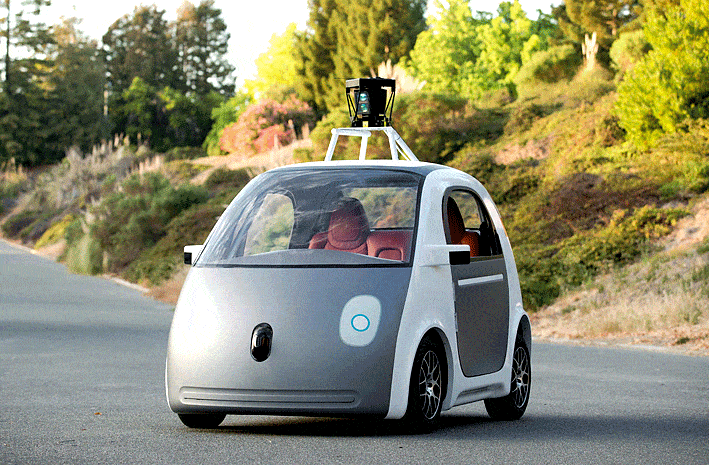words Al Woods
Web3, or Web 3.0, is currently a concept. The next iteration of the internet, the upgrade from our current Web 2.0, has had people excited for some time now, from tech experts to those in online chatrooms.
What will it look like, and how will aspects like decentralisation impact our very reality, which is turning increasingly online? One of the many things that web3 is likely to change is the way we approach web design, a change that the rest of this blog is dedicated to exploring, with insights from the leading web agency, Webheads.

Web design will facilitate the transition
As new technologies are more widely adopted, it will be down to web design to facilitate that transition, web design that decides how easy or difficult the general public finds it to navigate these revolutionary spaces. Web3 has the capacity to be so drastically different from the internet we currently know, that it’s hard to say exactly how web design will facilitate that transition – the only thing that’s certain is its centrality in the transition.
A conceptual hurdle
Web designers will have to help people jump over some significant conceptual hurdles. One of these is reconceptualising the internet, reappraising how it works as blockchain technologies are increasingly adopted across the board. Web design will play a massive part in this conceptual revolution of the internet.
Designers will have to help the general public to grasp how different web3 will be, and the differences will be profound, allowing them to understand entirely new systems, and the implications they stand to have on security and intellectual property. Hiring web design services to guide and advise on this transition will likely become the norm. This step is an inevitable part of becoming proficient in how to use Web3, something that will be necessary as it works its way into an increasing range of technologies.

Encourage simplification
Web3 has the potential to be highly complex, potentially to a degree that creates a barrier to access. In order to ensure that web3 is widely adopted, web designers will need to help bring about a period of rapid simplification. A big part of this will be reinventing the technical jargon that has evolved around blockchain technologies.
Some new terms may be unavoidable, but where they are, things like help icons can be used to allow for real-time, intuitive comprehension of these new concepts. Keeping home pages accessible and simple will be a priority, so as not to prematurely drive visitors away with concepts that may be overwhelming.
Assist with navigability
New users won’t know where they should go, or why. Navigability needs to be intuitive, but also informative; those same help icons that can help people to understand and grapple with new lexica can be employed to help people around the site for the first time.
Sites such as Netflix already employ these techniques effectively, allowing visitors to watch the next episode and the like without having to go searching. Making the next common route easily accessible, without explicitly stating that it’s the route to be taken, can also be massively effective in facilitating this kind of passive direction.




